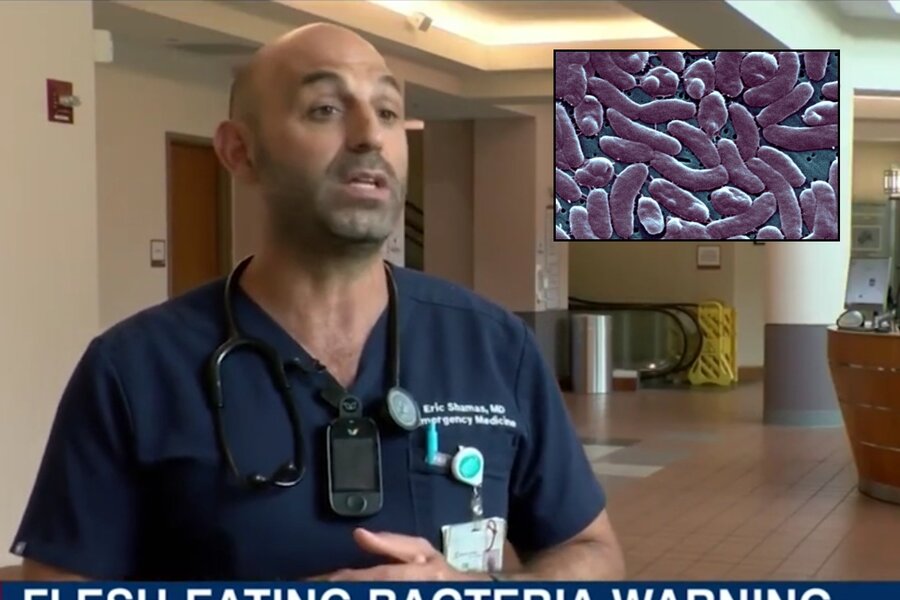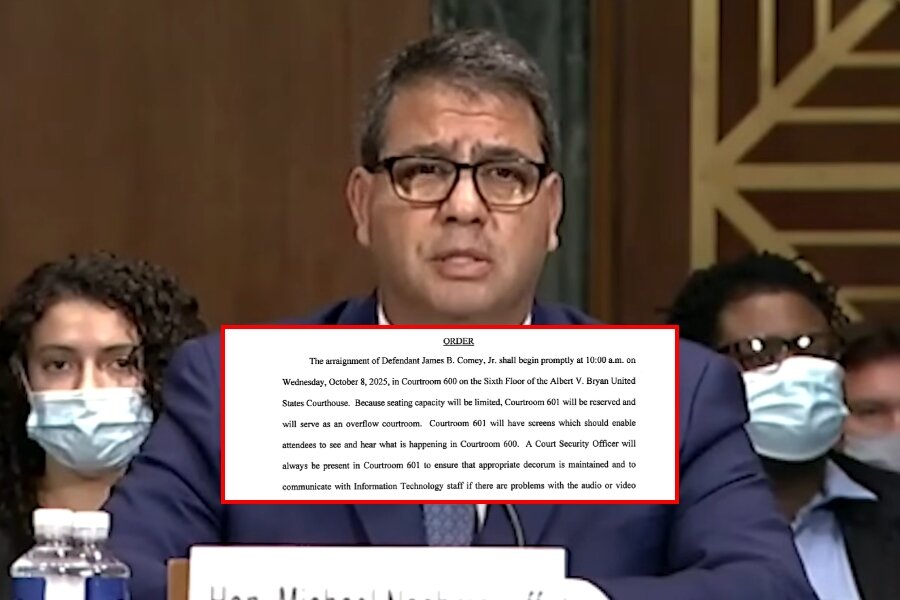The Florida Department of Health recently reported that a rare type of flesh-eating bacteria, Vibrio vulnificus, has caused the deaths of five individuals in the Tampa Bay area.
Those deaths occurred in Pasco, Polk, Sarasota, and Hillsborough counties since January of this year, according to the agency’s announcement.
There have been 26 reported cases across the state so far this year, while in 2022, there were 74 total cases and 17 deaths. That was likely in part due to Hurricane Ian making landfall last year.
The Florida Health website says that person can be infected with the bacteria after eating raw shellfish, namely oysters, or entering brackish seawater with an open wound. Brackish water occurs when freshwater mixes with ocean water, like when a river meets the sea.
“Individuals who are immunocompromised, e.g chronic liver disease, kidney disease, or weakened immune system, should wear proper foot protection to prevent cuts and injury caused by rocks and shells on the beach,” says Florida’s Health Department website.
Some Health officials called on people not to enter brackish water if they have fresh scrapes, cuts, or other skin abrasions.
“Whenever you have a break in the skin and you’re in a marine environment then theoretically you’re at risk,” Dr. Eric Shamas, an emergency medicine physician at Bayfront Health St. Petersburg stated. “It’s very important to keep in mind these severe infections are very rare.”
“If you have wounds, maybe stay out of the water,” Dr. Shamas added. “If you suffer a cut while in the water, just wash it out very thoroughly with soap and water. Monitor your symptoms and follow up with your doctor if you have any questions.”
The Centers for Disease Control and Prevention (CDC) says that some Vibrio vulnificus infections can lead to a condition called necrotizing fasciitis, where the flesh near an open wound dies off. The condition can be caused by other forms of bacteria, not just the vibrio genus.
According to the federal health agency, the bacteria can require intensive care or even limb amputations.
About one in five people with the infection die, sometimes within about 24 hours of contracting it.
While anyone can contract the bacteria, the infection can be more severe in people with compromised immune systems. It cannot be transmitted from person to person, but individuals who are experiencing symptoms of the infection should seek medical attention as soon as possible, officials say.
According to the CDC, symptoms include watery diarrhea along with stomach cramping, nausea, vomiting, and fever. For infection of the bloodstream, symptoms include chills, fever, very low blood pressure, and skin lesions. And for a vibrio wound infection, symptoms include fever, pain, swelling, redness, discoloration, warmth, and discharge.
Share your thoughts by scrolling down to leave a comment.













